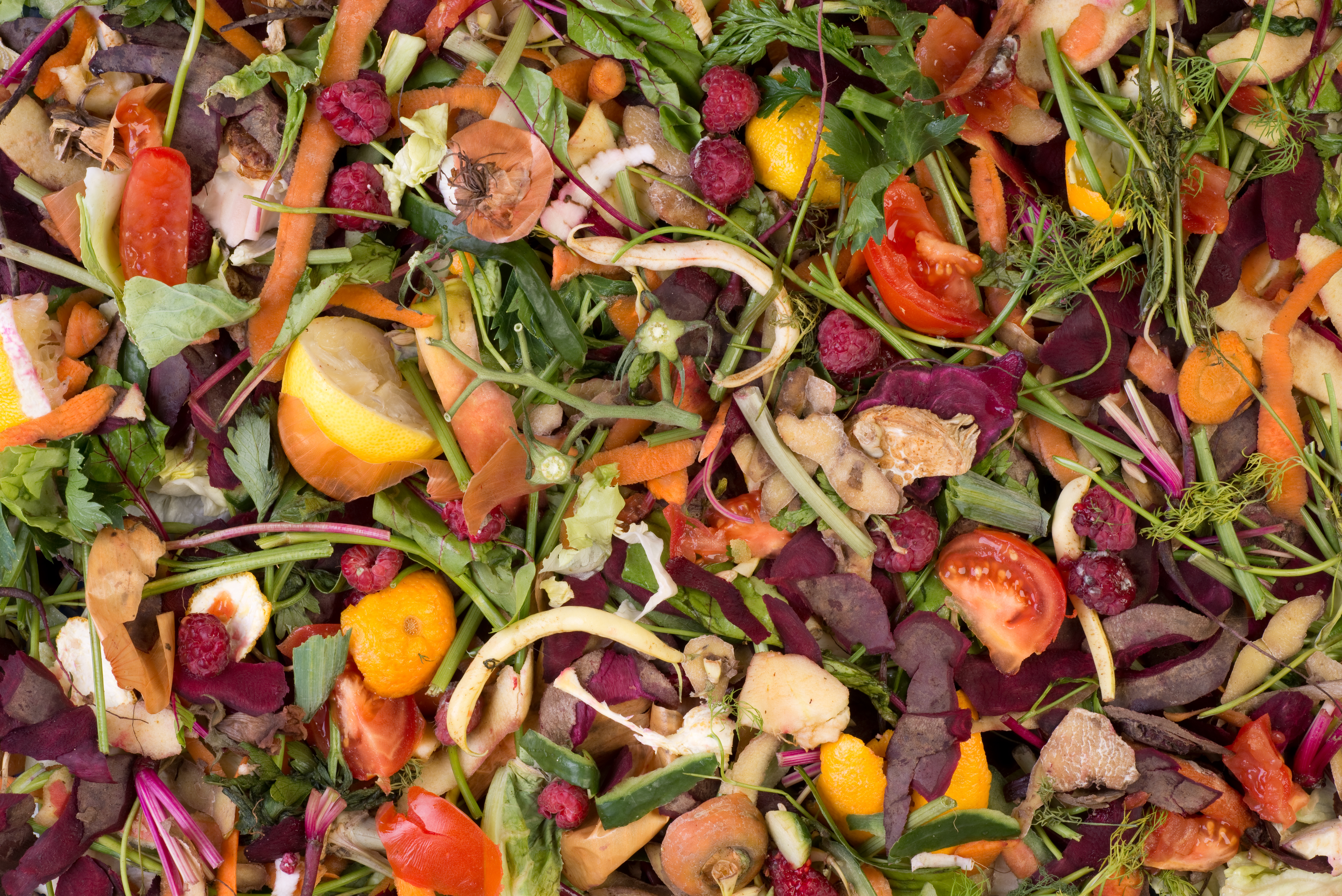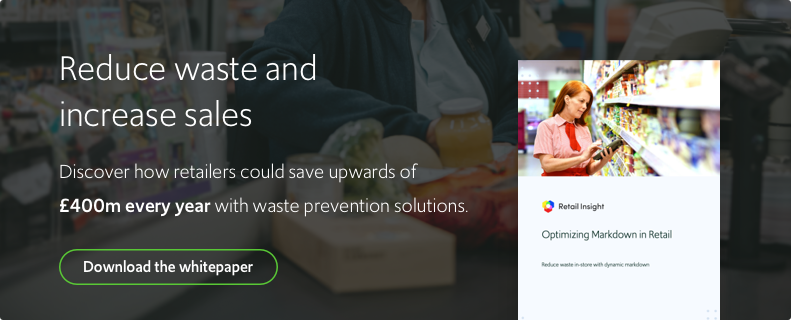
Food waste has become a global problem – so what can be done about it?

- 2 minute read
- Graham Tahernia
Sitting on the sidelines of the food waste challenge is not an option. Worldwide, 1 in 9 people suffer from chronic hunger, saving even a quarter of the food waste in Europe and the US could feed some 800 million currently malnourished people.
Food waste comes at a considerable cost to the environment too. A study by the WWF and Tesco showed that 2.5 billion tonnes of food are wasted each year, contributing to 8% of global greenhouse emissions. Many of these emissions come from dumping food in landfills, where products rot and emit methane, a gas that is 21 times more harmful to the environment than carbon dioxide. There is also the incremental impact of energy and fossil fuels used in producing and transporting wasted foods.
It is a challenge that we – as consumers – must all contribute to through our purchasing and consumption habits. But it is also a responsibility that bleeds into the business world, particularly for food retailers, some of the most high-profile links in the food waste chain.
Many are chasing a more sustainable agenda, pressured through burgeoning ESG legislation to try and reduce their food waste footprint. However, this is no easy task with several competing factors in play. To deliver against this growing expectation, many are turning to new technology solutions to reduce surplus food waste, some of which have the added benefit of improving underlying performance.
We see retailers across markets leveraging the WRAP food waste hierarchy as a frame for how they should manage their waste challenges. The first step is prevention, typically targeted through forecasting – balancing supply and demand – with both shortages and excesses inevitable. The next best weapon a retailer must use to prevent waste is expiration-based discounting. Items approaching end-of-life are identified and discounted to encourage customers to buy them before spoiling. Other parts of the hierarchy include reuse, such as charitable donations, while recycling and disposals comprise the rest of the framework.
Retail Insight’s approach to waste reduction for retailers, WasteInsight, offers several solutions to encourage waste prevention. We think of it as a connected ecosystem, targeting elements of the process to help reduce the impact of waste across the store and supply chain. This is through automatically identifying which products need attention or ML-led dynamic discounting that balances sell-through and margin retention.
We are proud to be live in over 20,000 stores across the globe, working with 4 of the largest ten retailers to help solve their waste challenges. As part of our ongoing custom analytics for our customers, we have recently conducted our yearly ESG impact assessment. It showed that across the past year, we saved 25,606 tonnes of waste, resulting in a total annual carbon dioxide reduction of 125,022 tonnes, equivalent to providing 16,995 households with electricity for an entire year. An amazing achievement!
I am a business intern at Retail Insight, and I am passionate about how our company can inform and support the world of grocery retail to reduce food waste and carbon footprints, and adopt more sustainable practices, to make a collective difference in the world we live in now and in the future.
Get in touch
Written by Graham Tahernia
A skilled and expert B2B marketer, Graham has worked in the tech space for over a decade. His focus, passion, and curiosity for understanding how retailers and CPGs can serve and delight their shoppers are coupled with a pragmatic understanding of data and technology's role.
You might be interested in


Grocers should do more to be sustainable, US shoppers say

Technology can help supermarkets become more sustainable

Rethinking retail food waste in the face of Covid-19

MidCounties Co-op attains further optimization of in-store food waste and markdown processes

An examination of shelf health at US grocers

How tech can help grocers tackle food waste

The challenges with the German Pact Against Food Waste…

What to do when your forecast isn’t 100% accurate?

Sustainability, reducing retail waste, and increasing customer loyalty

Kroger collaborates with Retail Insight to reduce food waste

